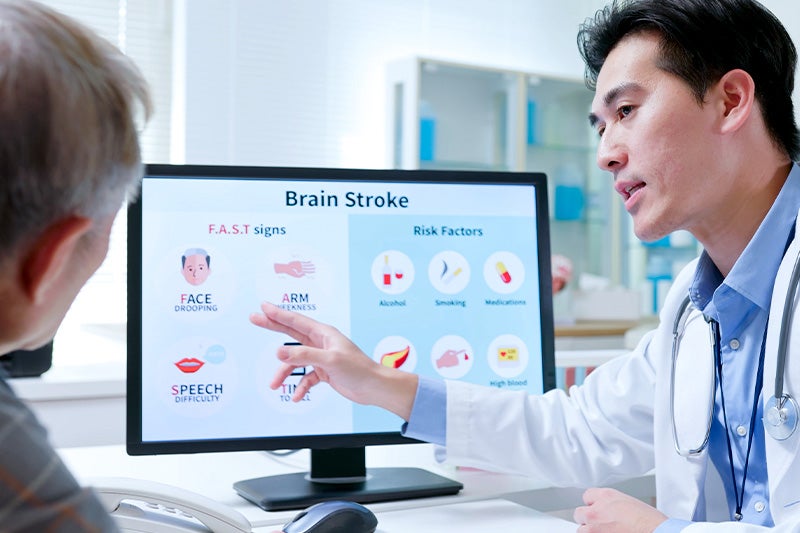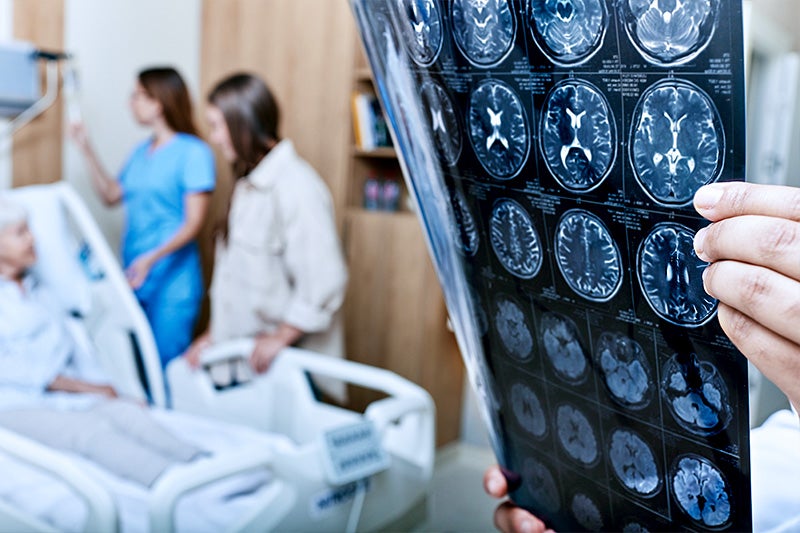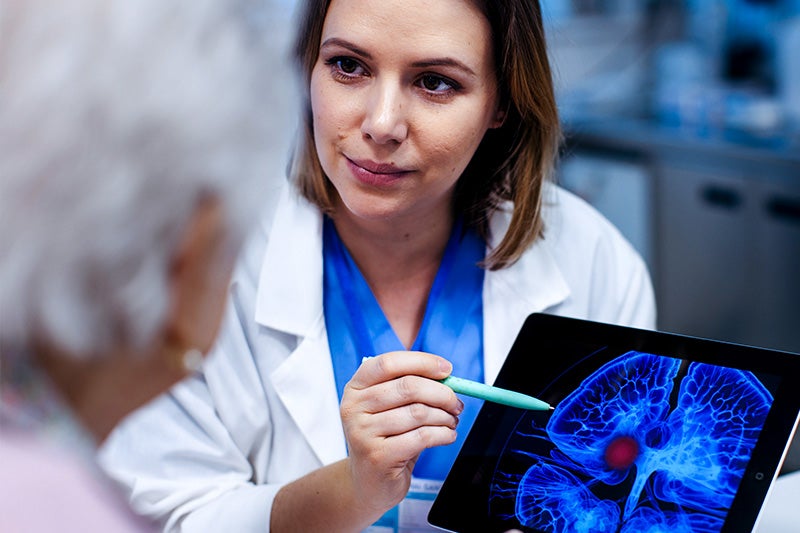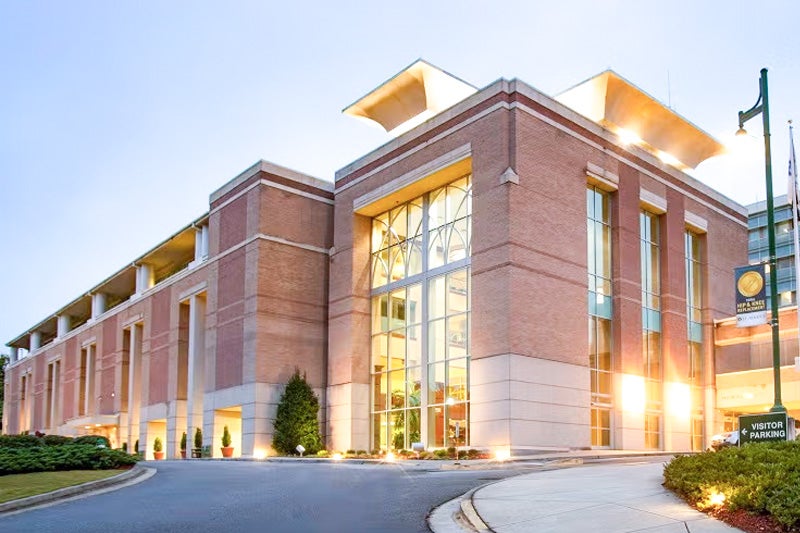Act Fast: Why Every Second Counts During a Stroke
May 16, 2025Categories: Heart Health
Tags: Stroke
At St. Mary’s Health Care System, we care deeply about educating our community on how to protect themselves and their loved ones in a medical emergency. One of the most urgent medical situations is a stroke, which occurs when blood flow to the brain is blocked or reduced. Recognizing the signs early and acting fast can save a life and improve the chances of recovery.

What Is a Stroke?
A stroke happens when a blood vessel carrying oxygen and nutrients to the brain either becomes blocked (ischemic stroke) or bursts (hemorrhagic stroke). Without oxygen-rich blood, brain cells begin to die, up to 2 million every minute. Every second counts.
If you have reason to believe that you, or someone you love is experiencing a stroke, call 911 immediately!
Learn the BEFAST Signs
One of the easiest and most important tools for identifying a stroke is the FAST acronym:
- B – Balance: Does the person have a sudden loss of balance or coordination?
- E - Eyes: Is the person experiencing double vision, or are they unable to see out of one eye?
- F – Face Drooping: Does one side of the face droop or feel numb? Ask the person to smile and check if it appears uneven.
- A – Arm Weakness: Is one arm weak or numb? Ask the person to raise both arms—does one drift downward?
- S – Speech Difficulty: Is speech slurred or hard to understand? Ask them to repeat a simple sentence.
- T – Time to Call 911: If any of these signs are present, call 911 immediately. Don’t wait or drive the person to the hospital—emergency responders can begin life-saving treatment on the way.


Other Stroke Symptoms to Watch For
In addition to BEFAST, strokes can also present with:
- Sudden confusion or trouble understanding
- Sudden numbness or weakness in the leg, especially on one side of the body
- Sudden vision changes in one or both eyes
- Sudden trouble walking, dizziness, or loss of balance
- Sudden severe headache with no known cause
Why Time Matters
When it comes to stroke care, the quicker a person receives treatment, the better their chance of survival and recovery. Some treatments, like clot-busting medications, must be given within a few hours of the first symptoms.
Delays in care can lead to long-term disability or even death.
How St. Mary’s Can Help
St. Mary’s Health Care System is proud to be a leader in stroke care across Northeast Georgia. With advanced imaging, experienced neurologists, and a certified stroke program, we offer:
- Rapid diagnosis and intervention
- Clot-busting medication when appropriate and safe
- Mechanical thrombectomy to remove blood clots from large blood vessels
- Comprehensive stroke rehabilitation services
- Support for stroke survivors and their families
We also offer educational resources and community outreach programs to help reduce the risk of stroke before it happens.

Protect Yourself and Your Loved Ones
Knowing the signs of a stroke and how to respond can make all the difference. Share the BEFAST acronym with your family and friends—it might just save a life.
If you have risk factors like high blood pressure, diabetes, or a family history of stroke, talk to your St. Mary’s primary care provider today about how to reduce your risk.
At St. Mary’s Health Care System, we’re here for you—every second, every step, every life saved.
Need a primary care provider? Many St. Mary’s Medical Group providers have same-day appointments available. Make your appointment online today.
